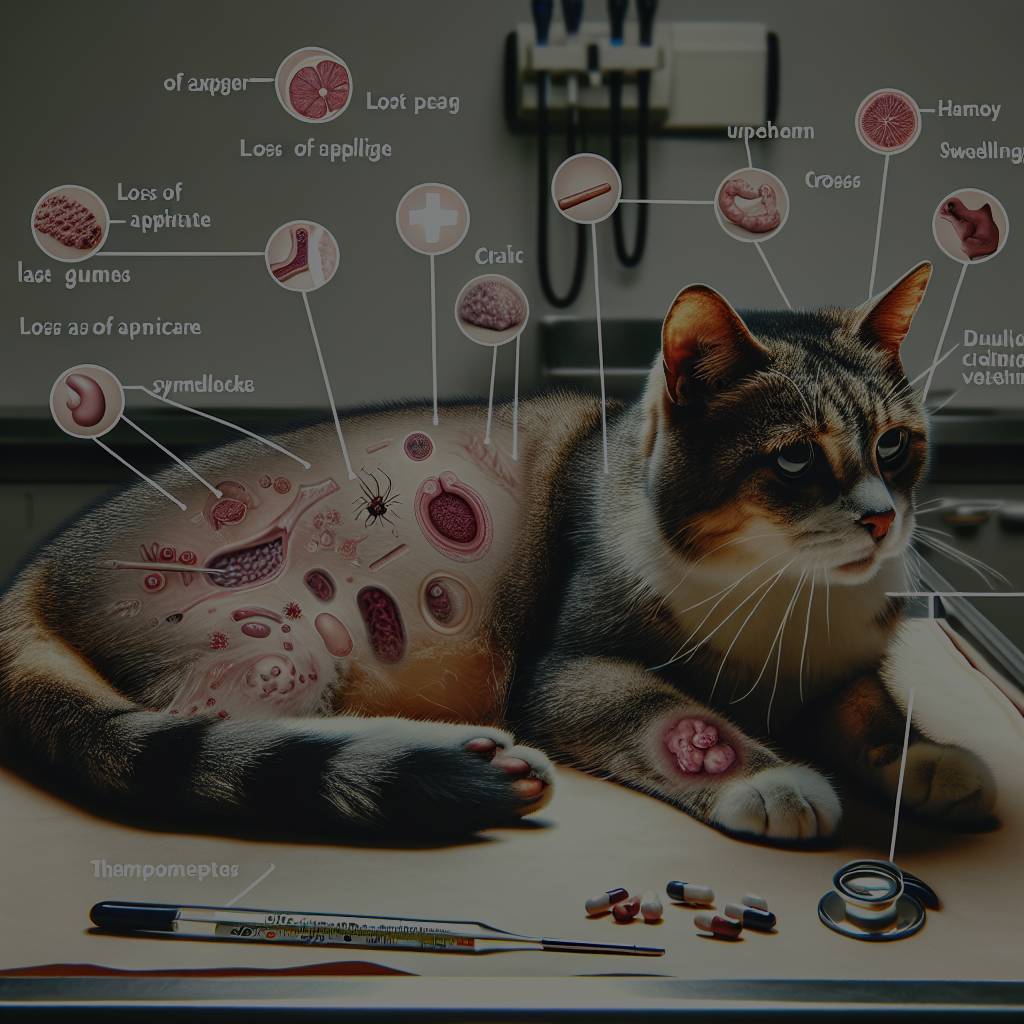
Feline leukemia, or FeLV, is a serious viral infection that affects cats. It is one of the leading causes of illness and death in felines, and it is important for cat owners to be aware of the signs and symptoms of this disease in order to provide timely treatment and care for their beloved pets. In this article, we will explore the basics of feline leukemia, common symptoms to watch for, and the importance of early detection and treatment.
Understanding Feline Leukemia
Feline leukemia is a viral infection that affects cats worldwide. It is transmitted through saliva, nasal secretions, urine, and feces of infected cats. Kittens are especially susceptible to the virus, as their immune systems are not fully developed. Once a cat is infected, the virus attacks their immune system, making them more vulnerable to other infections and diseases. It is important to note that feline leukemia is not transmissible to humans or other animals.
Common Symptoms to Watch For
There are several common symptoms of feline leukemia that cat owners should be aware of. These include weight loss, lack of appetite, lethargy, fever, pale gums, and respiratory issues. Cats infected with FeLV may also experience diarrhea, vomiting, and swollen lymph nodes. However, it is important to keep in mind that some cats infected with the virus may not show any symptoms at all. Regular veterinary check-ups and testing are essential for early detection of the disease.
Importance of Early Detection and Treatment
Early detection of feline leukemia is crucial for the well-being of infected cats. With prompt diagnosis, treatment options can be explored to manage symptoms and improve the quality of life for affected felines. While there is no cure for feline leukemia, supportive care can help manage the symptoms and complications associated with the virus. Additionally, preventing the spread of the virus to other cats in the household or community is important. Vaccination and responsible pet ownership practices can help reduce the risk of FeLV transmission.
In conclusion, recognizing the signs of feline leukemia is essential for cat owners to ensure the health and well-being of their feline companions. By understanding the basics of the disease, being aware of common symptoms, and prioritizing early detection and treatment, cat owners can help manage the impact of feline leukemia on their pets. Regular veterinary check-ups, vaccination, and responsible pet ownership practices are key in preventing the spread of the virus and providing the best possible care for cats affected by FeLV.
You might be interested in learning more about [viral infections in animals](https://en.wikipedia.org/wiki/Animal_virus), which provides a broader understanding of how viruses like FeLV impact various species. Additionally, understanding the [immune system](https://en.wikipedia.org/wiki/Immune_system) of cats can offer insights into how feline leukemia compromises their health. If you want to delve deeper into preventive measures, consider reading about [veterinary vaccinations](https://en.wikipedia.org/wiki/Veterinary_vaccine) to understand how vaccinations play a critical role in safeguarding your pet’s health. For a comprehensive look at responsible pet ownership, the [guidelines on pet care](https://en.wikipedia.org/wiki/Animal_shelter) can provide valuable tips on ensuring a happy and healthy life for your pet.










